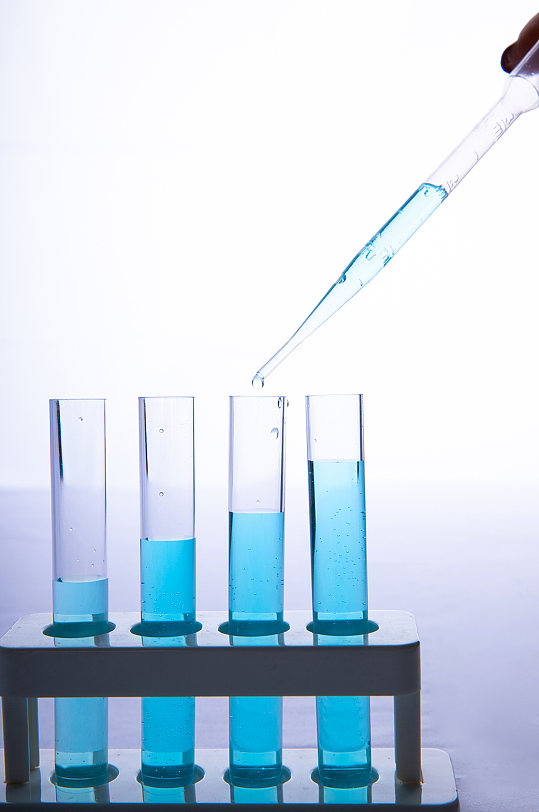In the construction process of gypsum self leveling materials, the control of the amount of defoamer used is crucial, as it directly affects the flatness of the ground and the final construction effect. The following is a detailed guide on how to effectively control the use of gypsum self leveling defoamers from multiple aspects:
Firstly, the recommended dosage in the defoamer product manual should be strictly followed. The optimal dosage of defoamers may vary among different brands and types. Therefore, it is essential to carefully read the product manual before construction to ensure that the recommended addition ratio from the manufacturer is followed.
After determining the recommended amount of defoamer, precise measuring tools such as electronic scales, measuring cups, etc. should be used to accurately weigh the amount of defoamer and add it proportionally to the gypsum self leveling material. Proportional control is a key step in ensuring consistent defoaming effects and avoiding
problems caused by excessive or insufficient amounts.

Before carrying out large-scale construction, it is recommended to conduct small-scale experiments first. By adding different proportions of defoamers in a small range, observing their defoaming effect and changes in the performance of self leveling materials, the most suitable amount of defoamer for the current construction conditions
can be determined. Small scale experiments can help reduce waste and avoid irreversible problems in large-scale construction.
After adding defoamer to gypsum self leveling material, it should be thoroughly stirred evenly using a mixing device. During the mixing process, attention should be paid to controlling the mixing speed and time to ensure that the defoamer fully blends with the self leveling material to form a uniform mixture. Uneven mixing may result in
inconsistent defoaming effects or the appearance of bubbles in localized areas.
During the construction process, the flowability and defoaming effect of self leveling materials should be closely observed. If there are too many bubbles or poor defoaming effect, the dosage of defoamer should be adjusted in a timely manner or other remedial measures should be taken. Meanwhile, pay attention to observing the
hardening process of the self leveling material to ensure that all necessary adjustment work is completed before curing.
Choosing high-quality defoamers is one of the important factors in controlling usage. High quality defoamers have better defoaming performance and stability, and can achieve ideal defoaming effects at lower dosages. Therefore, when selecting defoamers, priority should be given to their quality and performance to ensure construction
effectiveness and quality.
Environmental factors may also have an impact on the amount of defoamer used. For example, changes in climate conditions such as temperature and humidity may affect the flowability and curing speed of self leveling materials, thereby affecting the effectiveness of defoamers. Therefore, environmental factors should be evaluated and
predicted before construction, and the dosage of defoamers and construction techniques should be adjusted according to the actual situation.
In summary, controlling the usage of gypsum self leveling defoamers requires multiple aspects, including following product instructions, controlling proportions, conducting small sample experiments, mixing evenly, observing construction, considering quality, and taking into account environmental factors. By comprehensively applying these
methods and measures, it is possible to ensure precise control of the amount of defoamer used, thereby achieving high-quality construction results.

 English
English
 Chinese
Chinese Vietnamese
Vietnamese
 HOME
HOME
 PRODUCT
PRODUCT
 NEWS
NEWS
 CONTACT
CONTACT


